These easy moving tips will help you learn how to plan a big move, step-by-step! You'll also find helpful ways to stay organized and reduce stress, and don't forget to download the free printable moving checklist!
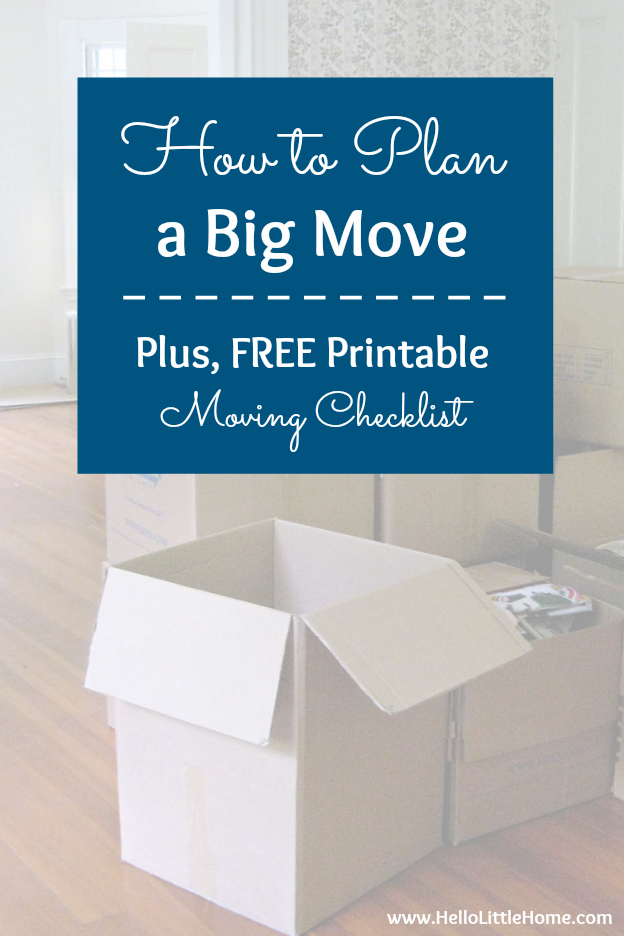
This post contains affiliate links. As an Amazon Associate I earn from qualifying purchases.
There is just no getting around it ... whether you are moving across town or across country, packing up everything you own is stressful.
If you've ever moved, you know how overwhelming it can be. Thankfully, with a little planning, you can avoid a lot of unnecessary stress.
My husband and I have moved many times, from Wisconsin to Florida, Chicago to San Francisco, and later San Francisco to New York. Most recently, we moved from New York to Dallas. And that doesn't even count moves within these cities. Ah, so many happy moving memories, ha ha!
How to Plan a Big Move
I've learned A LOT during these moves, and today I'm sharing ALL the tips I've picked up along the way! Once you've read everything, don't forget to grab the free printable moving checklist at the end of the post. It's sure to help you stay organized!
Jump to:
- How to Plan a Big Move
- When To Start Planning
- Create A Moving Binder
- Create a Moving Budget
- How to Pay for Your Move
- Find Movers (Or Do It Yourself)
- Gather Moving Supplies
- Downsize Your Belongings
- Stop Buying New Stuff
- Arrange for Travel During Your Move
- Check out Your New City
- Find a New Home
- Set Up Local Utilities and Services
- Update Addresses
- Prepare Your Home for Its New Occupants
- My Tried and True Packing Tips
- Things to Do A Couple Days Before Your Move
- Send Out Moving Announcements
- Most Important: Have a Good Attitude
- Free Printable Moving Checklist

When To Start Planning
The biggest, most important tip I can give you? Start planning your move right away! Moving takes a lot of time and preparation. Don't delay, even if your move is months away.
Our latest move had a really tight timetable (about a month and a half from hire date to moving date). However, even before my husband officially got the job transfer, we started researching Dallas, crunching costs, and talking about everything involved.
Create A Moving Binder
Before you get too far in your moving journey, set up a moving binder. You can use this binder to hold important papers, moving contracts and quotes, receipts, and anything else you need to keep track of during the moving process (credit cards, keys, stamps, etc.).
I recommend use an expandable file for your moving binder. This file will hold everything from paperwork to keys, and you'll want to keep it handy throughout the moving process. Even in this digital age, it's handy to have hard copies of important documents that you'll need to find quickly!
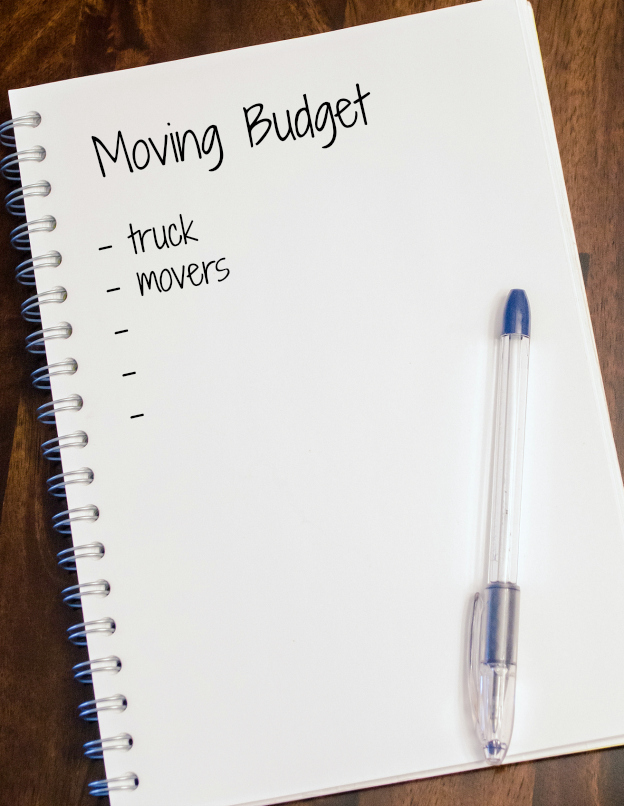
Create a Moving Budget
Whether you are moving a mile away or two thousand miles away, you'll need to create a budget. These are some typical moving expenses:
- Moving Truck
- Movers (Including Tips)
- Moving Supplies (Such as Boxes, Tape, Bubble Wrap, Markers, etc.)
- Real Estate Fees (Broker / Agent Fee, Down Payment, etc.)
- Deposit for New Apartment
- Travel Expenses during Move (Plane Tickets, Gas, Car Rentals, Hotels, Meals, etc.)
- Cleaners
- Repairmen
- Utility deposits
- Babysitters
When making your budget, make a list of all your expected expenses (either in a spreadsheet, phone note, or notebook), along with the expected cost for each. As you determine the final expense for each expense, add it to your notes. This way you can keep tabs on your budget and make adjustments as needed.
How to Pay for Your Move
Once you've made a budget, you need to figure out how to pay for these things. Moving is expensive, so don't be afraid to get creative with your funding resources. Here are some ideas:
- Employer Financing - This could range from 100% financing to a partial reimbursement, or even a signing bonus, depending on your job.
- Vacation Time - Find out of your company will allow you to cash out accrued vacation time that you haven't used.
- Apartment Deposit - Security deposits may be applied to your last months rent (set aside that extra rent money for your move), or you may get it back until after you've moved out. If you're getting money back, use it to pay off credit card charges or expenses in your new city.
- House Sale - If you sell your current home before your move, you can use some of the money to help finance the move.
- Savings - Dip into your current savings, or if your move is many months away, start saving for it now.
- Sell Your Stuff - Chances are you'll be sorting through all your furniture, clothing, kitchen items, toys, etc. before your move. If you're moving somewhere like NYC, you may even be getting rid of your car. Rather than donating these items, consider selling them items online or have a good old fashioned yard sale.
- Credit Cards - While not ideal, you may need to charge a few things.
When my husband and I moved to New York, we had to pay first and last month's rent, plus a deposit equal to a full month's rent. That was a lot of cash upfront, but when we moved out, we were able to save our last month's rent (because it came out of our deposit) and use it to finance part of our move.
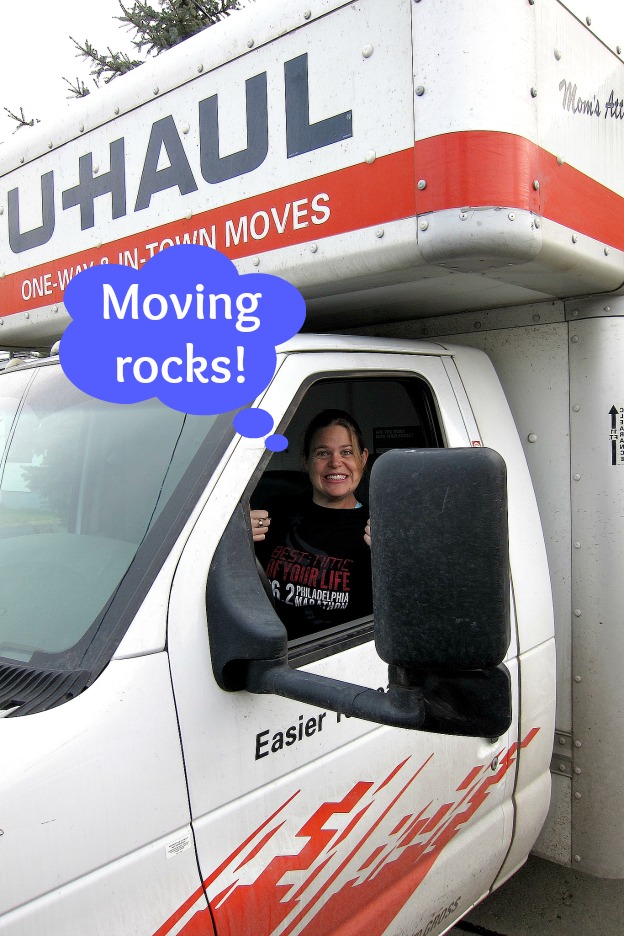
Find Movers (Or Do It Yourself)
One of the most crucial parts of planning a big move is determining just how you're going to move everything from point A to point B. I've done DIY moves with the help of friends, driven a moving truck cross country, and packed pods that were then shipped to my new home. Each method has its pro and cons.
Hiring Movers
Hiring movers is expensive, but they do make moving day much easier and less stressful. Before signing any contracts, get recommendations from friends if possible, read as many online reviews as possible (Yelp can be helpful for this), and get detailed quotes that list everything that's included (and perhaps more importantly, excluded).
There are two types of movers:
- Full Service Movers - These guys will do everything from pack your belongings to drive them across country. Obviously, this is more expensive, but if you have the funds, or if your employer is paying for your move, it's a great option. Working with full service movers can also be the most stress free choice (provided you work with a reputable company), because they'll take care of everything for you.
- Hire Hourly Movers - If you can't afford or don't need full service movers, you can hire hourly movers instead. I've had mostly wonderful experiences with hourly movers, but I've also had horrible experiences with them, and I've learned the hard way that the cheapest option is usually not the best option. Tip: We've successfully used Thumbtack to find movers, and the listings include reviews.
Make sure to include tips for each mover in your budget, and plan on providing plenty of cold bottled water for your movers on moving day.
Other Options
- Renting a Truck - If you feel comfortable driving a big truck, this can be an affordable option. Be realistic with yourself though, because driving a large moving truck is nothing like driving a car. U-Haul, Penske, and Budget are popular companies. I've never worked with Budget, but I've had good experiences with Penske and U-Haul. Make sure to purchase appropriate insurance for the truck you are renting. You can also tow a car behind some moving trucks, although in my experience, this is adds an extra element of difficulty and stress.
- Use Containers/Pods - Are you planning a long distance move? Containers or pods are a great option. Basically, a company delivers moving pods to your home, and then you (or the movers you hire) pack them. After everything is packed, the company picks up the pods, then ships them to your new home. I've done this a couple times, and it's been a good experience. There are a few cons to using containers. First, you need to figure out how many pods are needed (too few and you may be forced to leave things behind). Second, you won't have access to your belongings for a couple weeks while the containers are being shipped. Third, if you live in a large city, delivery of the pods may be a little trickier (although the company can usually help you figure this out).
- Do It Yourself - Does someone owe you a big favor? Maybe you can get them to help you move (#GoodLuck). Don't ask your flaky friends; this is a job for the dependable ones. Moving is a lot of work, so whoever helps you out is going to expect your help with their own move one day. If you do convince your friends and family to help you move, make sure to offer plenty of water, beer, and pizza on moving day!
We considered using pods when moving from NYC to Dallas, but parking them on the street in NYC, and then in downtown Dallas, was going to be challenging. So after crunching the costs and weighting the pros and cons, we decided to rent a truck and hire hourly movers on both ends of the move.
I was very nervous about driving a big truck cross country! We've had some crazy experiences driving these trucks, including taking out a fence, problems with towing a car trailer, and more. Thankfully, my husband did all the driving, and after living in New York, we didn't have tons of stuff, so our truck was smaller this time. Everything went very smoothly for the most part, but it was quite stressful, and I'm not sure we'll go this route again.

Packing must haves: moving boxes, packing tape, stretch wrap, bubble wrap, packing paper, mattress bags, and moving blankets.
Gather Moving Supplies
In my experience, one of the most costly and stressful parts of moving is finding the right supplies. Save yourself some stress and start gathering moving supplies as soon as you learn you're moving. Here's what you'll need:
- Boxes - You'll need small, medium, and large sizes. I've ordered these moving boxes before (they come in different sizes), and they worked great! You can also buy special boxes for packing dishes, wardrobe boxes with hangers, and even TVs / artwork boxes. Specialty boxes are more expensive, but they're often worth it, in my opinion.
- Packing Tape - Of course, you'll need plenty of packing tape. Always buy more than you think you'll need, and don't buy the generic stuff, because it's not worth the hassle. This Scotch packing tape is the best!
- Bubble Wrap - You'll also need plenty of bubble wrap for fragile items. I typically go through at least two rolls.
- Packing Paper - Grab some packing paper for wrapping up less delicate items.
- Stretch Wrap - I recommend buying some stretch wrap for protecting furniture (such as couches, chairs, rugs, and headboards) and other oddly-shaped items from dings and dirt.
- Moving Blankets - A pack of moving blankets is also great for protecting larger items, like furniture. Tip: You may be able to rent these along with your moving truck.
- Mattress Bags - Protect your mattresses from dirt with a set of mattress bags (these bags are really thick and won't rip).
How to Save Money on Moving Supplies
For my previous cross country moves, I've purchased most of my boxes. This gets expensive fast, but it does make packing a truck much easier since the boxes are all the same size. If you are using a container/pod where space is at a premium, I definitely recommend purchasing your boxes (or using boxes that are uniform in size).
That said, if you have the time / space, here are a few ways to save money on moving supplies:
- Friends - If you know a friend that's moving, hit them up afterward to take the empty boxes off their hands.
- Your Office - Let your office mates know you're moving soon and to send any empty boxes they find your way.
- Local Businesses - You used to be able to get boxes from grocery stores (and other businesses), but these days, many store have rules against this. It doesn't hurt to ask though.
- Freecycle / Craigslist - People often list their used boxes for free / cheap on these sites after their move. While I've never found boxes this way, I've listed boxes on Craigslist before (for free). It's a great way to upcycle boxes and get them off your hands fast!
- Around Your Home - Use towels, blankets, pillows, sheets, and similar items to wrap fragile items.

Downsize Your Belongings
Moving is the perfect time to get rid of unused and unwanted stuff. So don't just throw everything you own into a box (this seems to be my husband's packing method, ha).
The sorting process takes a while, so start right away. Go through everything you own (do this as you're packing if you're short on time), and decide whether you want to keep, donate, or sell it. Here are some helpful tips:
- Contact local thrift stores to pick up your donations. I did this when I moved away from San Francisco, and it saved me a lot of time. Plus, I didn't have to find a way transport large furniture items.
- Sell valuable items on Craigslist or eBay. Craigslist can be a major pain, so if the value isn't high, consider donating the item. I've had great luck selling smaller, more expensive items via eBay, too.
- Consign clothing to make a few bucks. If you have a lot of name brand clothing to get rid of, consider bringing it to a local consignment shop. You can also consign clothing through an online companies. They'll send you a prepaid bag, and you send them your name brand, current style clothing. Once they receive your clothes, they'll send you an offer. It's so much easier than running around to consignment shops, only to have a teenager reject most of your stuff (#TrueStory).
- List free items on FreeCycle or Craigslist. Don't want to go through the hassle of selling something? List it on one of these services, and if someone's interested, they'll pick it up. I've also had great luck listing things like "Free dark room supplies on sidewalk at Smith and Davis. First come, first served." That way you don't have to deal with all the questions from annoying Craigslist people.
- Shred sensitive paperwork. If you have a lot of paperwork that needs shredding, use your own shredder or find a company that will shred it for you. I did that before moving to NYC, and it was so easy. A professional from the company came to my apartment, securely bagged my documents in front of me, and took it away to be shredded. It wasn't too expensive, and it saved me a ton of time.
- Eat up everything in your refrigerator and cupboards. There is nothing worse than throwing out good food that you didn't get a chance to eat. Take an inventory of your refrigerator and cabinets, and start cooking meals that will use up anything you can't take with you.
Stop Buying New Stuff
This goes hand in hand with downsizing! Put a hold on any unnecessary purchases, and you'll have fewer boxes come moving day.

Arrange for Travel During Your Move
If you are planning a long distance move, chances are you'll have to make a few travel arrangements:
- Driving Route - If you're driving a truck to your new home, start by planning out your route. Then, make a realistic plan for how far you'll drive each day. Once you've determined a route, book hotels and plan other necessities along the way. Make sure the hotels you reserve have somewhere safe to park your truck.
- Flights - Are you flying to your new home? You'll need to book the flights, of course.
- Hotels - Depending on when you are moving out of your old home and into your new home, you may need to book a few hotel nights on either end. I did this before moving to NYC, and after all the moving stress, it was so nice to spend the evening relaxing at a hotel before my flight the next day!
- Other Transportation - Book any Uber / Lyft rides the day before you need them. That way, there's one less thing to deal with on travel days.

Check out Your New City
As soon as I found out I was moving to Dallas, I began my research! You can learn so much about a new city with a little online searching. Check out everything from newspapers to Yelp! reviews to local websites and blogs. Each one will have it's own perspective on the area.
Post about your move on social media, too. Chances are you already know someone who lives in your new city, or they have a friend there and are willing to introduce you. These people will be a great resource for you.
Go old school and pick up guidebooks from the library. If you're moving to a large city like NYC, you'll find tons books and lots of valuable information to peruse. Make a running list of neighborhoods to visit, sights to see, museum to check out, and restaurants to try.

Find a New Home
Finding somewhere to live is one of the most stressful parts of planning a big move, especially if you're moving to an unfamiliar area.
If you have a little time and money, plan a trip to your new city before the move. You'll get a sense of place, and you'll be able to scope out neighborhoods and tour apartments and houses.
For our move to Dallas, my husband and I researched neighborhoods and potential buildings we were interested in. Then while he was there for work, Joel checked out the neighborhoods in person, visited our target buildings, and signed a lease. All in one week! For our moves to San Francisco and New York, Joel relocated to these cities ahead of me and found an apartment while living there (this is definitely the easier and slightly less stressful method).
Sometimes a trip to scope out your new city is not possible. Thankfully, it's much easier to research homes online these days, especially if you're moving to an apartment building. If you know which building you want to live in, work with the building's leasing office directly (they can often do a virtual tour). If you need more help, you'll want to work with a reputable local real estate agent. You can get agent recommendations from friends or research agents and companies online.
Things to Consider When Searching for a New Home
- Neighborhood - Is it a good fit for you and your family?
- Budget
- Size
- Home / Building Amenities
- Convenience to Your Job and Social Life
- Safety
- Quality of Schools
- Childcare
- Access to Medical Care
- Convenience to Shopping and Restaurants
- Public Transportation
- Availability of Parking
- Pet Friendliness
If you are planning to buy a home in an unfamiliar city, consider renting first. That way you won't get locked into a neighborhood that's a bad fit for your family.
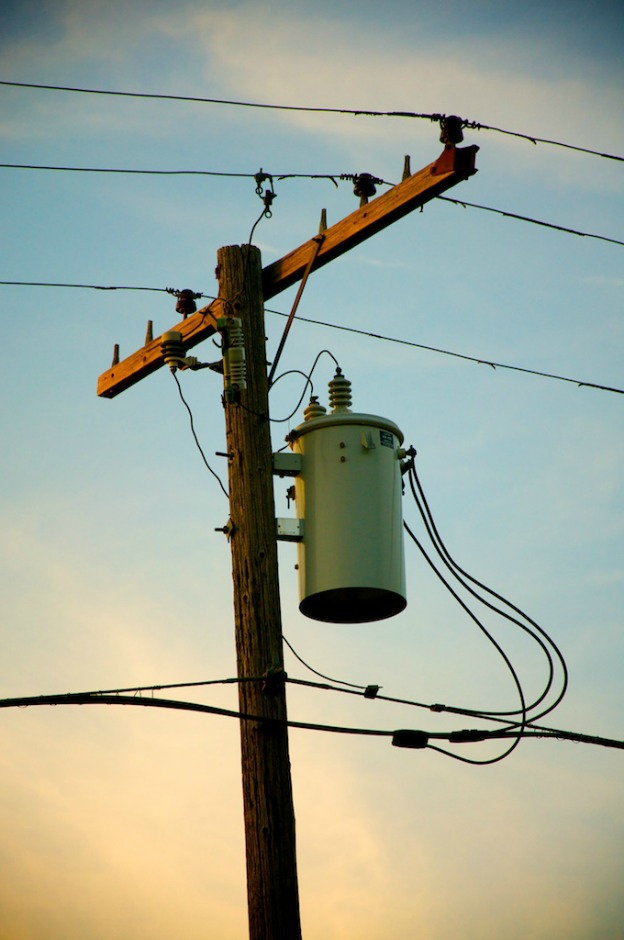
Set Up Local Utilities and Services
As soon as you are able, contact your local providers to cancel services and memberships. You will usually need to provide a forwarding address to do so. At the same time, you will want to contact providers in your new city to set up services for your new home.
Who to contact:
- Gas
- Electric
- Cable / Streaming
- Internet
- Phone
- Water
- Insurance
- Bank Accounts
- Credit Cards
- Gyms
- Schools and Other Childcare
- DMV
- Home Services, like Pest Control, Cleaners, etc.
If you are moving to a home in the same area, you may be able to transfer these services online.
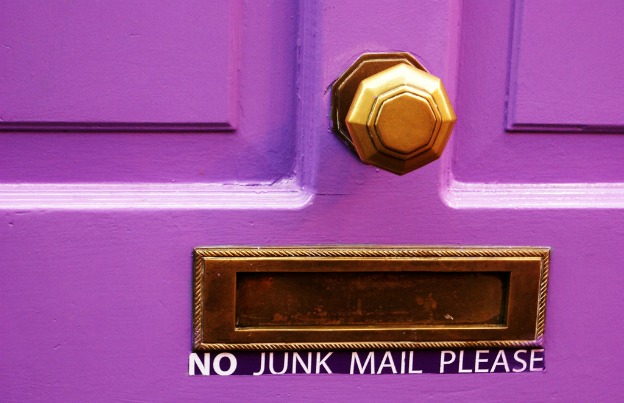
Update Addresses
You'll also need to update your mailing address for other services. Start by filling out a USPS change of address form, so they can begin forwarding your mail.
Other companies you may need to contact:
- Newspapers
- Magazines
- Credit Card Companies
- Cell Phone Provider
- Bank
- Investment Firms
- Rewards Programs (such as Frequent Flyer Programs and Store Specific Services)
- Health Care Providers
- Schools and Alumni Associations
- Student Loan Providers
- Business Contacts
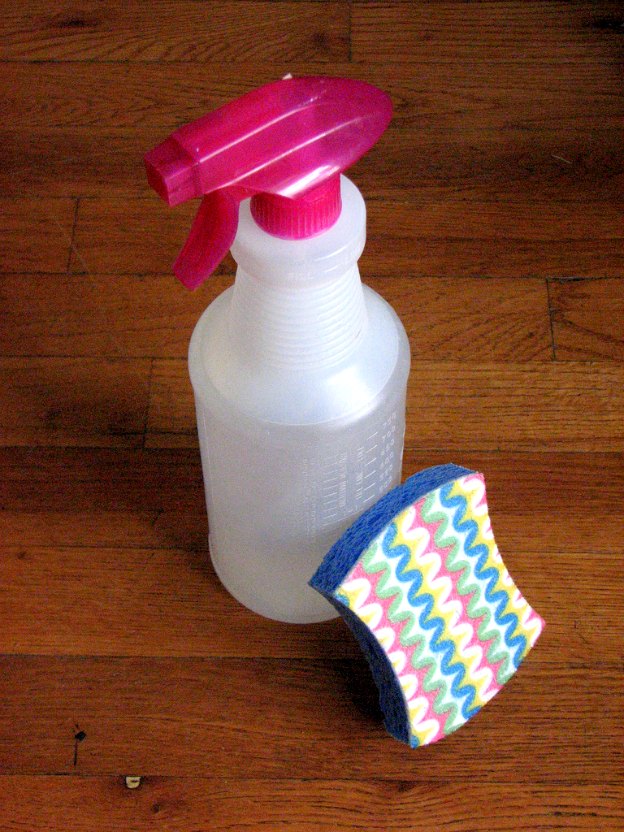
Prepare Your Home for Its New Occupants
Whether you are a renter or you own your own home, chances are you will need to prepare your place for whoever will live there next.
Renters have it a little easier. Ask you landlord about their move out policies, then follow them. If you want your deposit back, that is! You may need to fill nail holes, paint the walls, or do a thorough cleaning.
If you own your own home, you'll want to make or schedule any repairs that need to be made. Of course, you can do these things yourself, but often times it's easier to hire someone else to do it. If you've sold your home, make sure everything that's specified in your contract has been taken care of.

My Tried and True Packing Tips
Packing takes lots of time, so don't wait until moving day to begin (unless you want your movers and friends to resent you). Clear an area in your home for boxes and start by packing a few every day. As you get closer to moving day, pick up the pace.
Here are a few packing tips to get you started:
- Use strong, sturdy boxes. If you're collecting boxes from neighborhood stores, get rid of ones that are already damaged.
- Label every box. Do not skip this step! Use a sharpie to label your boxes with a destination room (i.e., Living Room) and contents. Write the room name large so your movers know which room to put the box in, and in smaller print, write the contents so you'll know what's in the boxes when it's time to unpack.
- Pack heavy items in small boxes. Save small boxes for books and other weighty things. Load lighter items in larger boxes, still being wary of how heavy you're packing the boxes. Your back will thank you later!
- Wrap fragile items well. Use plenty of bubble wrap for dishes and glassware. Wrap awkward items like furniture with stretch wrap. Be careful not to pack fragile items on the top of a box where they could get crushed. Pack TVs and artwork in specialty boxes.
- Pack strategically. Start with rooms and items you use infrequently or won't need before the move (Christmas decorations, out of season clothing, artwork, etc.). As you get closer to the move date, pack more frequently used items, like dishes and towels. That way you won't pack anything you need to access before the move.
Items to Carry with You (or Include in an End of Truck Box)
As you pack your belongings, keep track of items that you'll need access to throughout your move, as well as things that will make move-in day easier. I like to either carry these items with me, or I set aside a well-labeled box or two for these items and then request that the movers pack it at the end of the truck. If you are driving to your new home, pack these boxes in your car instead so they won't get lost on moving day.
- Important Papers
- Cash for Incidentals and Tips
- Credit Cards
- Checkbook
- Toilet Paper
- Paper Towels
- Shower Curtain and Liner
- Bath Towels
- Bed Sheets
- Pillows
- Toiletries
- Basic Tool Kit
- A Few Dishes, Glasses, and Utensils
- Medication and Prescriptions
- Eyeglasses
- Extra Contact Lenses
- Snacks
- Coffee Maker
- Laptop
- Books and Toys to Keep Kids Occupied
- Phone Chargers
- Alarm Clock
- Garbage Bags
- Cleaning Products
- Work Gloves
- Box Cutter
- Pet Supplies

Things to Do A Couple Days Before Your Move
Okay, moving day is almost here! A couple days before your move, spend a few minutes confirming your move date and time with your movers (paid or otherwise). You'll also want to confirm with other service providers, such as cleaners and painters.
This is a good time to get cash to pay your movers (don't forget to tip). You'll also want to fill your refrigerator with water bottles and pick up a few simple snacks for moving day.
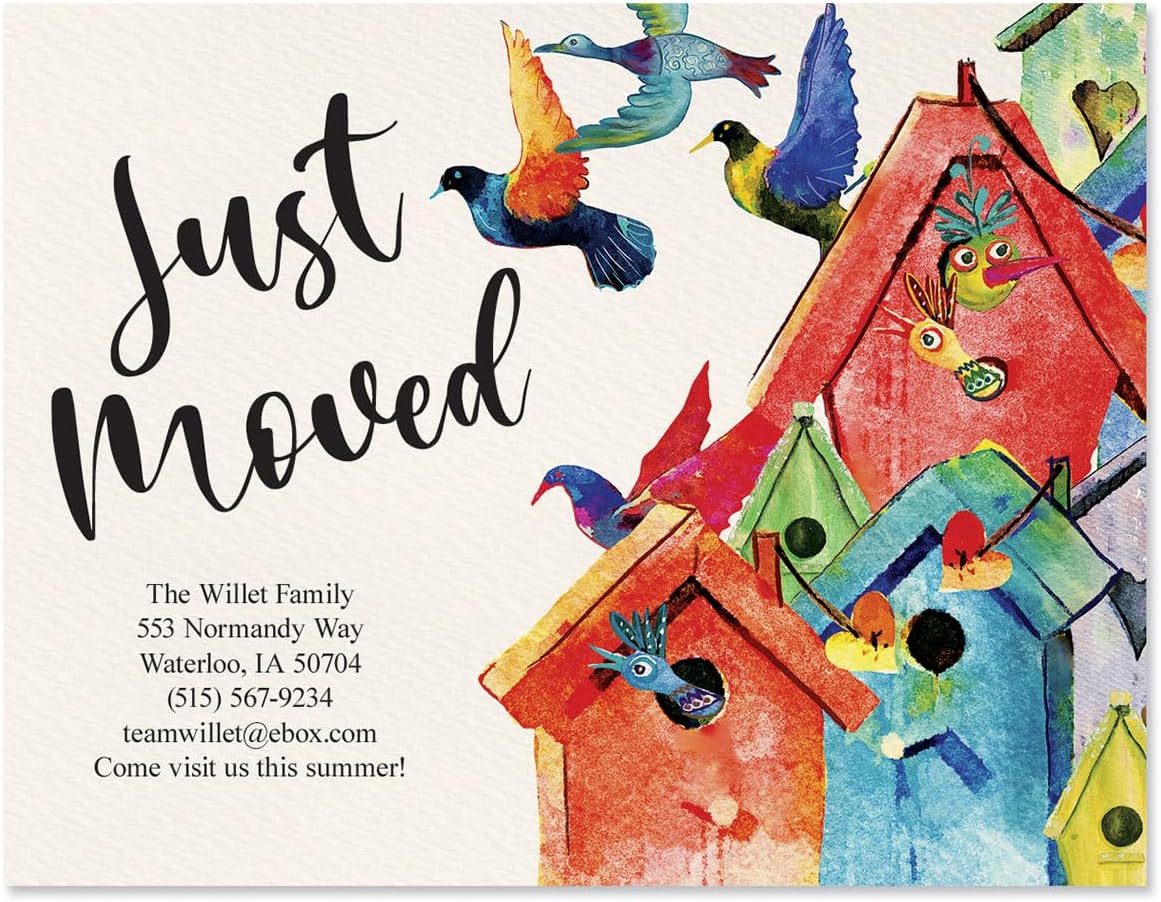
Send Out Moving Announcements
Your move is finally complete. Yay! Now it's time to let everyone know your new address. Of course, you can notify friends and family via a mass email, social media, or word of mouth. If you have the time and budget though, it's nice to send change of address cards.
Look for personalized moving cards on Amazon, Etsy, and Paper Source. You can also send digital cards through companies like Paperless Post.
Most Important: Have a Good Attitude
I'm a firm believer that keeping a positive attitude will make your move smoother. Keep a smile on your face as much as possible, and try to let things go when tensions rise with your family and friends. Things are bound to go wrong (I have more moving horror stories than I care to repeat), but do your best to roll with the punches and make the best of the situation. You'll have some good stories to tell later, and just remember, it will all be over before you know it!
Free Printable Moving Checklist
Before you go, don't forget to download my Free Printable Moving Checklist! It has everything you need to help organize your move. Click here to grab the free file or anywhere on the image below.
I hope these tips have shown you how to plan a big move. The most important thing to remember is that a little planning and preparation will make your move as smooth as possible!
Have you ever planned a big move? What tips to you have?






What's the first step you take when planning a big move to stay organized?
I like to nail down the big picture items first, like making a budget, finding housing, and scheduling the movers. Then you can tackle the little details next.
Hi. We’re planning to move to FL by spring, hopefully not summer… from CA. Can you give me any tips and or info, best places for family to move in FL? Right now we’re kinda set on Jacksonville…
Hi, Adrienne! That is a tough question 🙂 Personally, I would stick to the coasts and larger cities for the most diversity, things to do, and easy beach access. I'm most familiar with Tampa Bay / St. Petersburg, Sarasota, and the areas around and in between those cities. Both areas are amazing, with lots of different places to visit / live in, things to do, culture, and beaches to explore. Very urban, but easy access to nature. If I ever move back to Florida, I'd probably choose St. Pete. My sister-in-law lives there, and we visit all the time. It's… Read more »
Hi was wondering when you had to move for a job .was it a easy choice to make ?
Hi, Briana! We've moved for my husband's job three times now. It definitely hasn't been an easy decision to make, but weighing all the pros and cons definitely helps 🙂
Is there a PDF version of the Printable Moving Checklist?
Hi, Tiffany! Yes, you can get it at the end of the post or here: https://drive.google.com/file/d/15anaRN1RORncCS_kx5m3p_oCDkNu7QLB/view?usp=sharing
Really enjoying how thorough this list is. It's hard to believe so many people keep making new purchases leading up to a move, but I guess it's easy to forget sometimes. I've neglected to do it in the past, but next time I'm definitely putting together an "essentials" bag for the days around the actual move. Thanks for sharing!